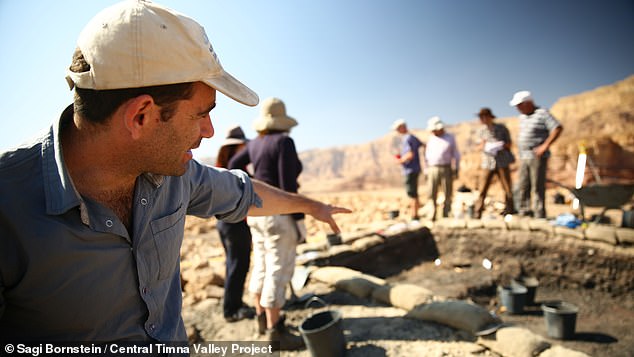Bible’s purple dye found in Israel is dated to King David’s era. The thread discovered in Israel matches descriptions of the shade worn by royalty from the Bible
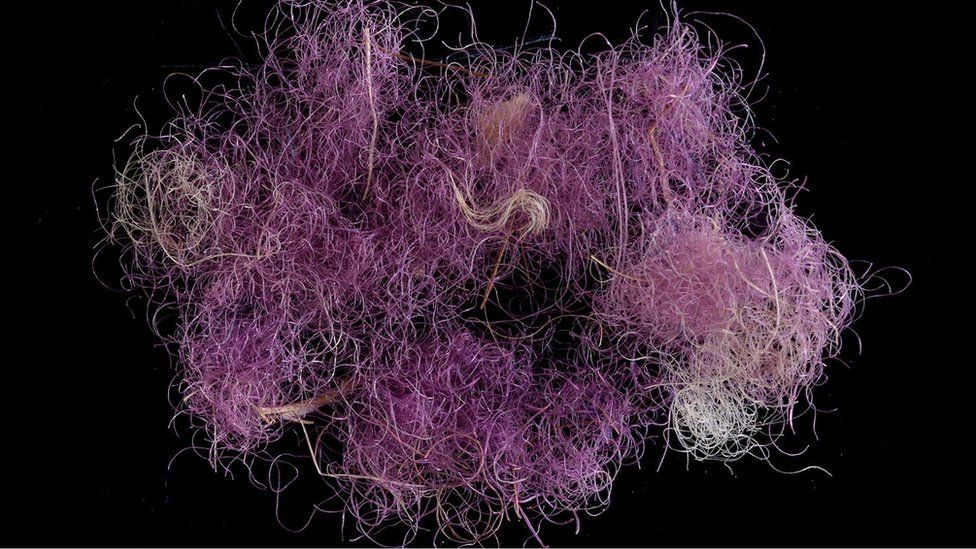
Archaeologists have found scraps of purple thread from a dig site in the Timna Valley. The dry conditions in this mining region let the organic artifacts be preserved.
The dye was made from a substance secreted from the glands of Mediterranean shellfish
The following written content from Amanda Borschel-Dan
Israeli researchers have found three textile scraps near the southern tip of Israel colored with the biblically described “argaman” royal purple dye, and dated them to circa 1,000 BCE — the era of King David. The earliest ever such finds in this region, the vibrant cloths add tangible weight, in particular, to the Bible’s account of an Edomite kingdom in the area at that time.
Colored with the most precious dye of the ancient world, the textile scraps were excavated in the Timna Valley near Eilat, and offer startling new insight into an ancient elite class.
The tiny, vibrantly colored Iron Age cloth pieces are the earliest evidence of this precious dye in the entire Southern Levant and shed new light on the early Edomite kingdom and Israelite kingdoms 3,000 years ago — a period when the Bible details the conquering of the Edomites by King David.
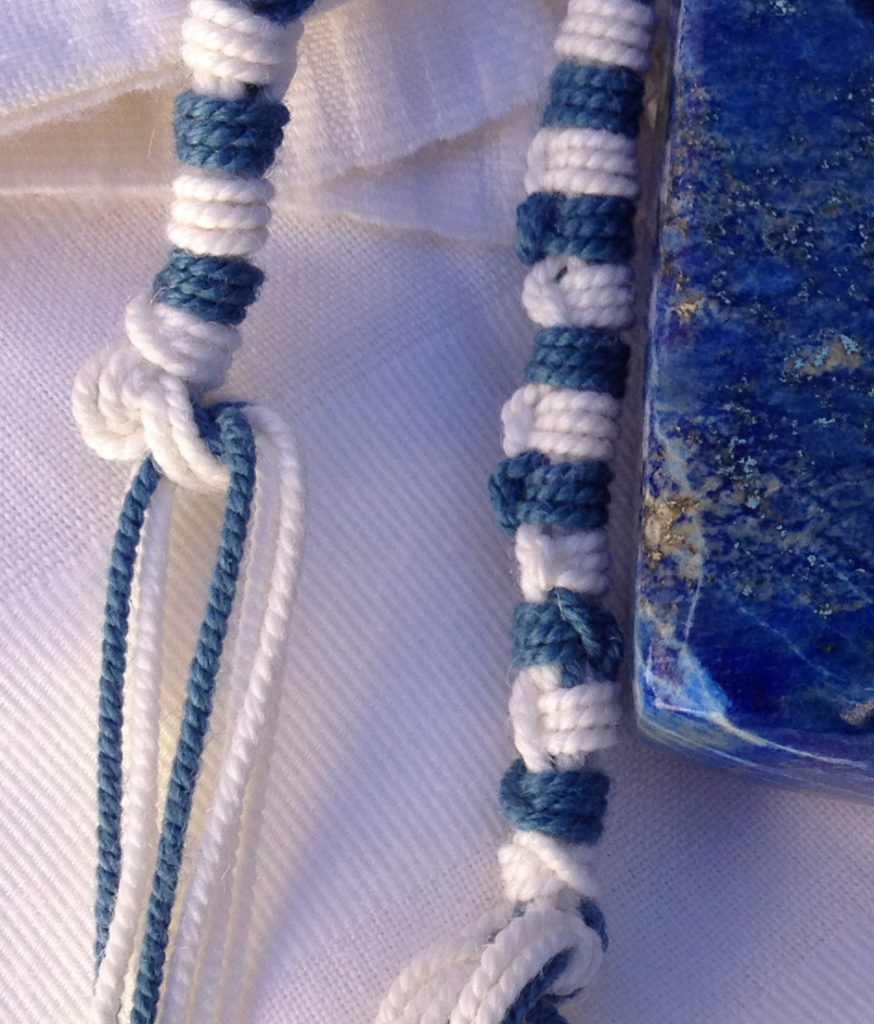
Also called “true” or “Tyrian purple,” the vibrant, millennia-lasting color is produced by dye glands gathered from three species of live murex sea snails on the shores of the Mediterranean Sea. To reach the famed King Solomon Copper Mines at Timna near the shore of the Red Sea, the cloth would have traveled hundreds of kilometers, which only added to its prestige and value.
Israeli researchers have found three textile scraps near the southern tip of Israel colored with the biblically described “argaman” royal purple dye, and dated them to circa 1,000 BCE — the era of King David. The earliest ever such finds in this region, the vibrant cloths add tangible weight, in particular, to the Bible’s account of an Edomite kingdom in the area at that time.
Colored with the most precious dye of the ancient world, the textile scraps were excavated in the Timna Valley near Eilat, and offer startling new insight into an ancient elite class. The tiny, vibrantly colored Iron Age cloth pieces are the earliest evidence of this precious dye in the entire Southern Levant and shed new light on the early Edomite kingdom and Israelite kingdoms 3,000 years ago — a period when the Bible details the conquering of the Edomites by King David.
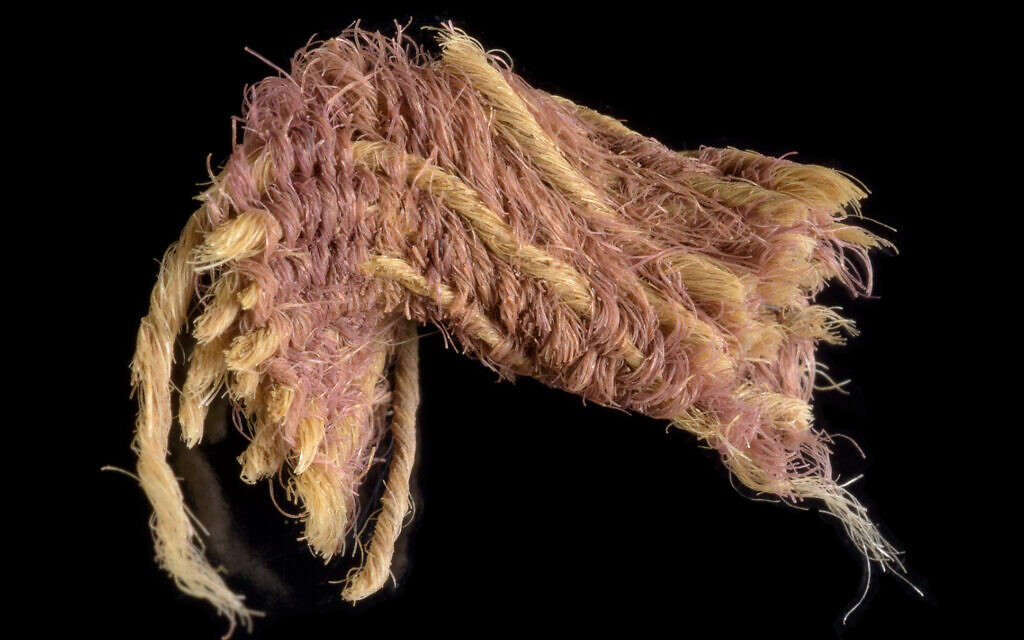
Also called “true” or “Tyrian purple,” the vibrant, millennia-lasting color is produced by dye glands gathered from three species of live murex sea snails on the shores of the Mediterranean Sea. To reach the famed King Solomon Copper Mines at Timna near the shore of the Red Sea, the cloth would have traveled hundreds of kilometers, which only added to its prestige and value.
“It is a very early period to find ‘true purple’ in use and it’s a very strange location,” Tel Aviv University Prof. Erez Ben-Yosef told The Times of Israel Thursday. “It’s deep in the desert, where we didn’t [traditionally] think these prestigious materials were in use.”
The discovery, said Ben-Yosef, offers “additional evidence for our new understanding of nomadic people at that time period, at the time of the emergence of these ancient kingdoms of Israel, Edom, Moab, Amon, the local kingdoms of the biblical time.” Ben-Yosef has excavated at Timna since 2013.
The true purple “argaman” dye and its associated azure “techelet” variant (created through variant processing of the snails’ dye) are mentioned dozens of times in the Hebrew Bible and in the circa 690 BCE Sennacherib’s Cylinder, among other texts. The true purple is associated with royalty and the priesthood, as well as textiles used in the Tabernacle and Jewish Temple.
The cloth and the murex snails themselves were given an in-depth, hands-on study in the new interdisciplinary, collaborative research paper published this week by the prestigious PLOS One scientific journal. The investigation took the researchers from field excavations of Timna, to Israeli university laboratories — to fish markets in Milano and Palermo, Sicily.
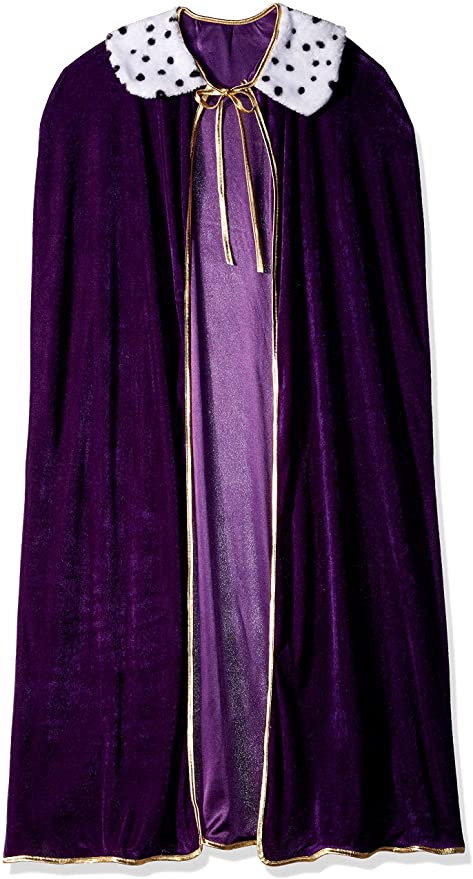
Until now, the earliest textile evidence of the royal purple dye were dated to at least 1,000 years later in the Roman period, when it was highly valued.
The paper, “Early evidence of royal purple dyed textile from Timna Valley (Israel),” was co-authored by Dr. Naama Sukenik from the Israel Antiquities Authority and Ben-Yosef, in collaboration with Prof. Zohar Amar, Dr. David Iluz and Dr. Alexander Varvak from Bar-Ilan University and the IAA’s Dr. Orit Shamir.
Ben-Yosef explained that Timna is first and foremost known for its copper, which was mined by ancient Land of Israel dwellers as early as the 5th millennia BCE, going all the way to the early Islamic period some 1,400 years ago. Even recently, he said, the nascent state of Israel had a small factory that produced copper there.
The dry climatic conditions at Timna, deep in the Arava Desert, allow for the unusually good preservation of organic materials, similar to the much later Roman era textile and leather finds discovered in the Judaean caves and at Masada.
What is noteworthy in Timna, said Ben-Yosef, is that the “big story” is related to the early Iron Age. “We’re talking about the 11th to the 9th centuries BCE, and it is a very debated period in the history of the land,” the period attributed to the rise of the biblical kingdoms of Judah and Israel.. Read more from Times of Israel

